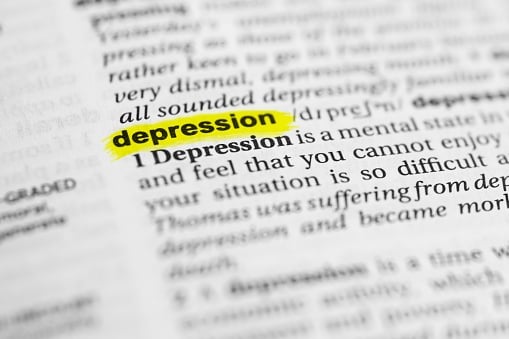While depression is most often associated with sadness, for older adults the condition can manifest itself in different ways. You may feel tired or have trouble sleeping or feel grumpy or achy. You may even experience persistent digestive issues that don’t improve with treatment.
If you’re experiencing any symptoms that are not normal for you, talk to your doctor. He or she can screen you for depression and help you feel better. It’s important to remember that, though it may not feel like it, depression is treatable and is not a normal part of the aging process.
Who Experiences Depression?
Depression doesn’t discriminate. Approximately 2 million adults aged 65 and over have depression. It can affect anyone at any time. However, it’s more likely to accompany chronic health conditions or life events like the loss of a spouse, friend or family member or a change in job status.
Need Help Now?
Call the Suicide Prevention Lifeline at 1-800-273-8255.
If you are deaf or hard of hearing, call 1-800-799-4889.
If you’d rather chat online instead of call, visit suicidepreventionlifeline.org/chat
Older Adults’ Views on Depression
According to a survey, if an older adult is suffering from depression, they are more likely than those in other age groups to just “handle it themselves.” Only around 40 percent would seek help from a mental health professional.
Over half of older adults believe it’s normal to get depressed as they age. It’s not.
And less than 40 percent of older adults believe depression is a health problem.
Learn more about how common mental health issues affect older adults and how you can feel better in this free guide.
4 Types of Depression
Depression comes in several forms. Here’s what you should know about each.
Major Depression: This is the type of depression most people call to mind when they think of it. It’s an all-consuming dark mood, a loss of interest in activities, trouble sleeping and feelings of worthlessness.
Persistent Depressive Disorder: This kind of depression, as its name suggests, lasts longer than major depression—at least two years. But the symptoms are less intense than those of major depression. People with this type of depression are able to function during daily activities, but may feel low most of the time.
Bipolar Disorder: People with bipolar disorder experience periods of depression followed by periods of high energy known as mania. Symptoms of mania are completely opposite of those of depression.
Seasonal Affective Disorder (SAD): This type of depression is most prevalent during the winter months when the days are shorter and darker. Symptoms of SAD include sleeping a lot, having low energy, overeating, social withdrawal and cravings for carbohydrates. Treatment is the same as other forms of depression but may also include light therapy.











